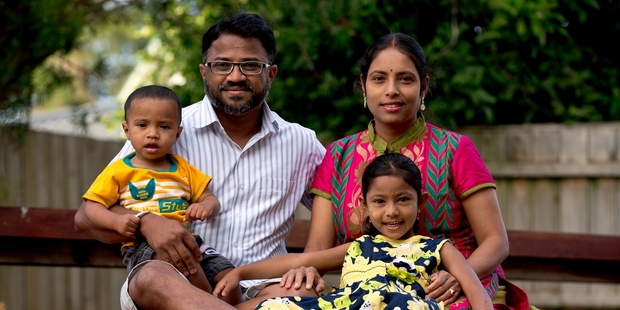
Some children won’t return to school next week because their struggling families can’t afford to pay for basic items, says a budget adviser.
The prediction comes as a report calculates a state-provided “free” education for a child starting school this year will cost almost $35,000.
For a child born this year it will cost more than $37,000.
The peer-reviewed Planning for Education Index was compiled from a survey of more than 1000 members of ASG Education Programmes, who were asked about the cost of school fees, transport, uniforms, computers and school and sports trips.
Thirteen years of costs associated with a state school education would ultimately amount to $37,676 for children born this year — $17,499 by the end of primary school in 2027 and a further $20,177 by their high school graduation.
In other school systems, costs were far higher.
A primary and secondary education in the state-integrated system, beginning in 2020, would have cost nearly $108,000 by 2032 — while the average cost of private schooling until Year 13 was more than $323,000.
The growing costs of sending a child through the New Zealand school system were made clear when compared with the costs for a child starting school next week — $34,524 for state schooling, $93,251 for state-integrated schooling and $269,943 for private schooling.
The annual costs for a Year 1 student starting school next term would grow from $1976 in 2015 to $3781 by 2027.
Over the past decade, education costs in New Zealand had risen at 1.5 times the rate of headline inflation — and there was no reason costs would not keep rising, ASG Education Programmes chief John Velegrinis said.
Darryl Evans, chief executive of the Mangere Budgeting Services Trust, said the families his service assisted were well aware of the costs of schooling — yet they were not a priority for households struggling even to pay the rent.
“I know families that have already told us that they won’t be sending their kids back to school next week because they haven’t been able to buy uniforms, stationery and new shoes — because all the money is going on rent and food.”
Other families had been forced to hunt for $3 shoes in opportunity shops to save on school uniforms — and one mother had paid $273 for stationery and items for two children aged 11 and 5 (story continues after the graphic).

Schools Trustees Association president Lorraine Kerr was surprised by the increasing costs in ASG’s report, which she said low-income families would need to “squeeze more blood out of a stone” to meet.
The Ministry of Education has acknowledged costs of operating schools could increase in line with general inflation or wage pressures…
Last night, Education Minister Hekia Parata emphasised that all students between the ages of 5 and 19 were entitled to a free education, and parents could not be forced to pay donations. However, boards could ask for donations for extra activities or projects.
School is top priority
As a boy in India, Murali Annu received a first-class education because his parents made his schooling their priority.
Today, the sales analyst wants his own kids to get the same opportunity – but it’s not easy in a one-income rental household in Avondale…
“But for us, money is secondary to education,” he said. “I’m very thankful that my parents gave me a good education. On that basis, I got into the University of Auckland. But in a real sense I want to provide my children something better than I got.”
Read the whole article here: http://www.nzherald.co.nz/nz/news/article.cfm?c_id=1&objectid=11390477
Updated 1 October 2014: Three years on (Craig Smith’s Health) page 7 click here
Needing help for your home schooling journey:
https://hef.org.nz/2011/
And
Here are a couple of links to get you started home schooling:
Information on getting started: https://hef.org.nz/
and
Information on getting an exemption: https://hef.org.nz/
This link is motivational: http://hef.org.
Exemption Form online: https://hef.org.nz/
Coming Events: https://hef.org.nz/